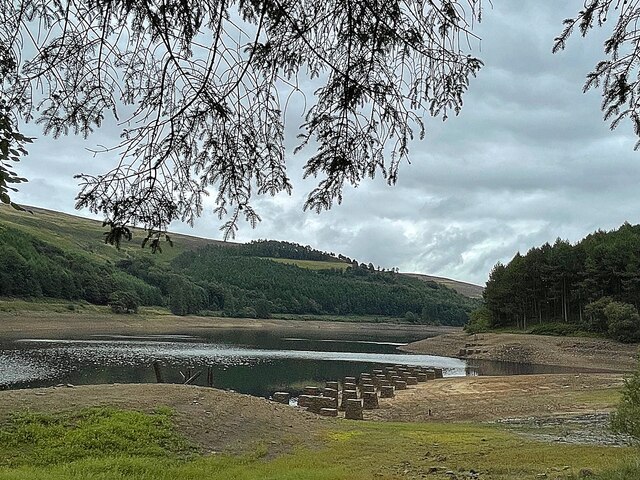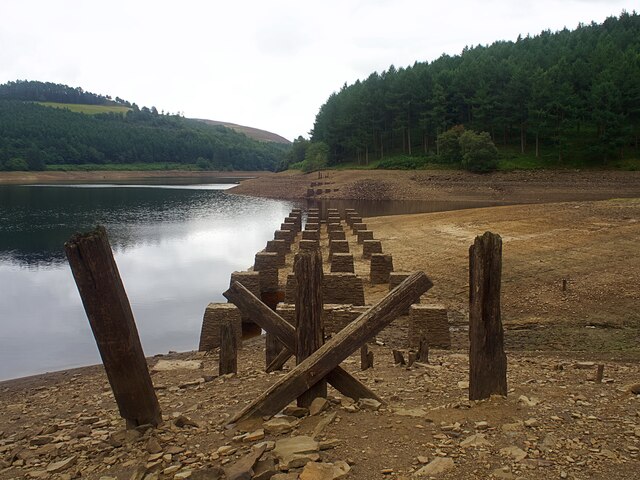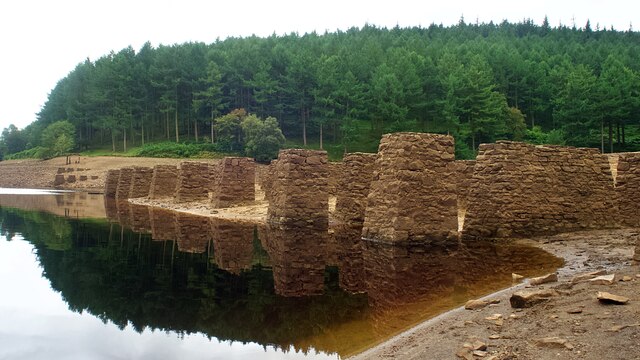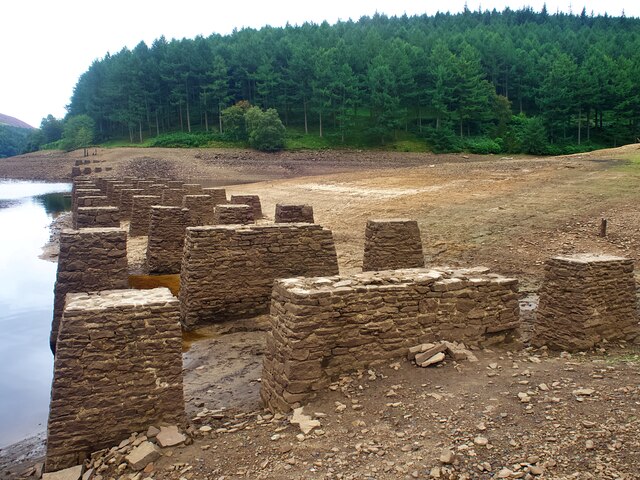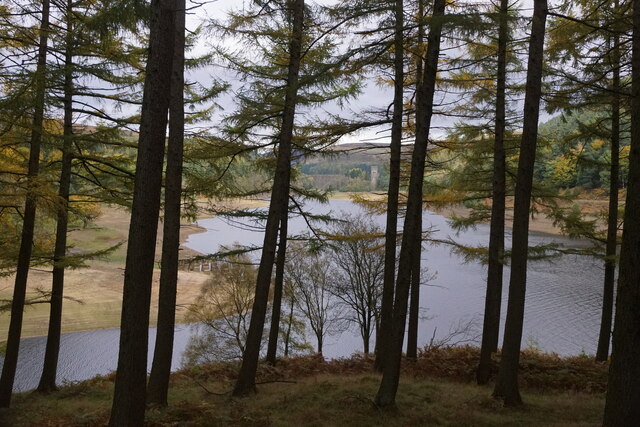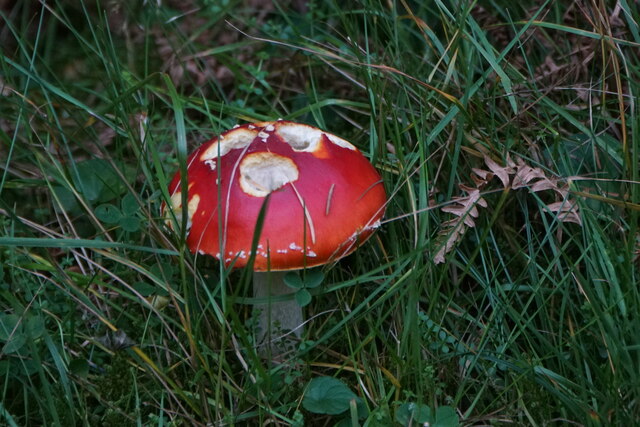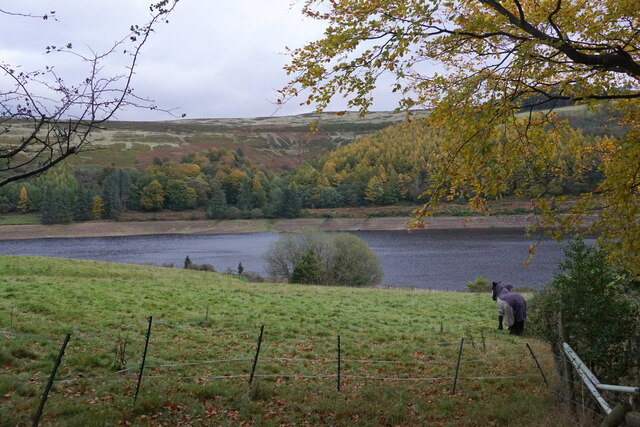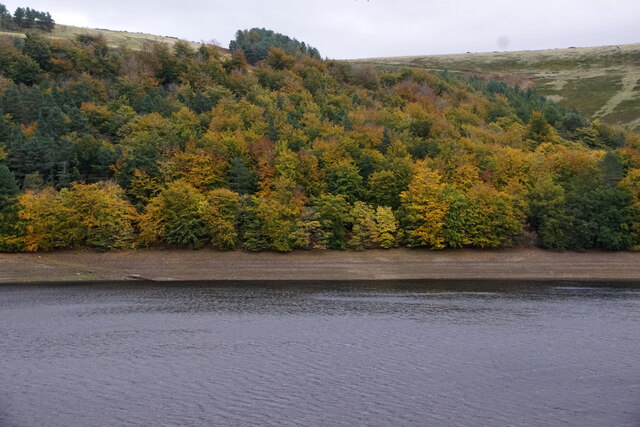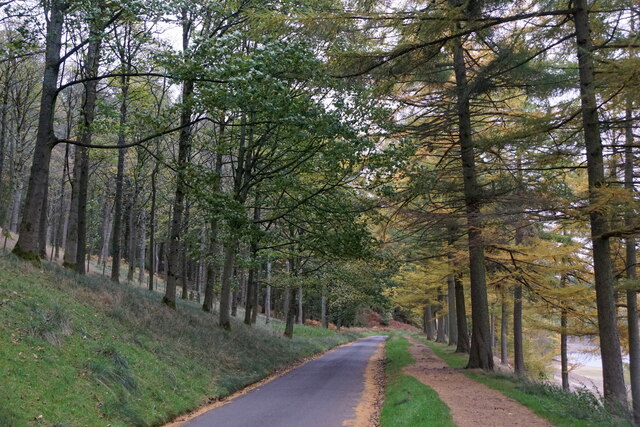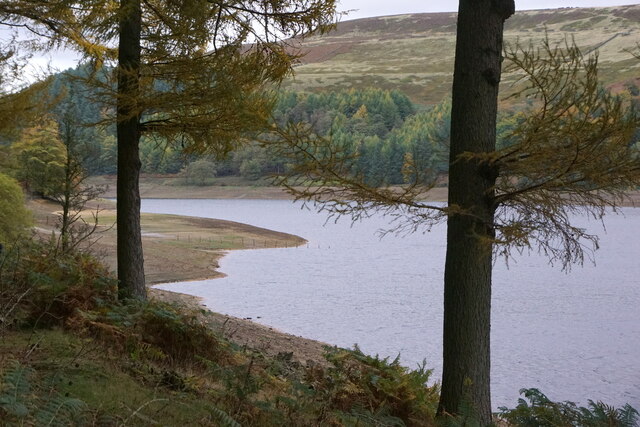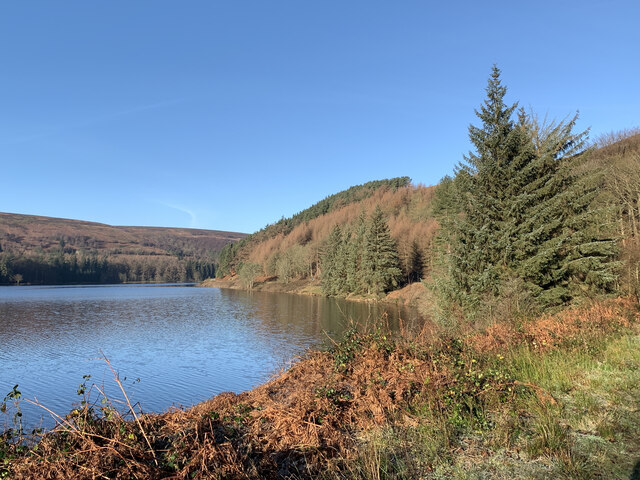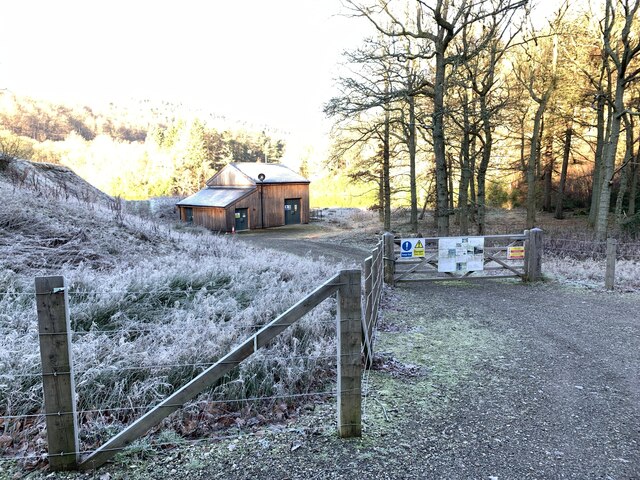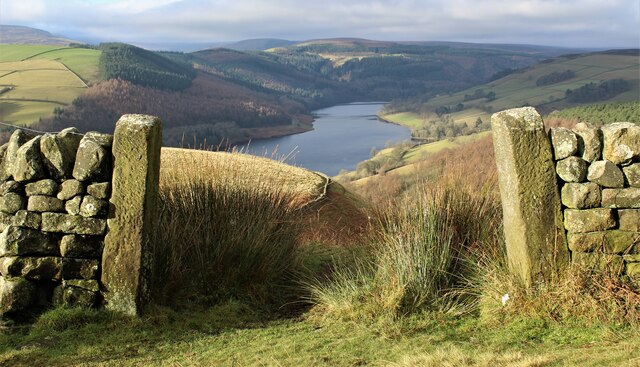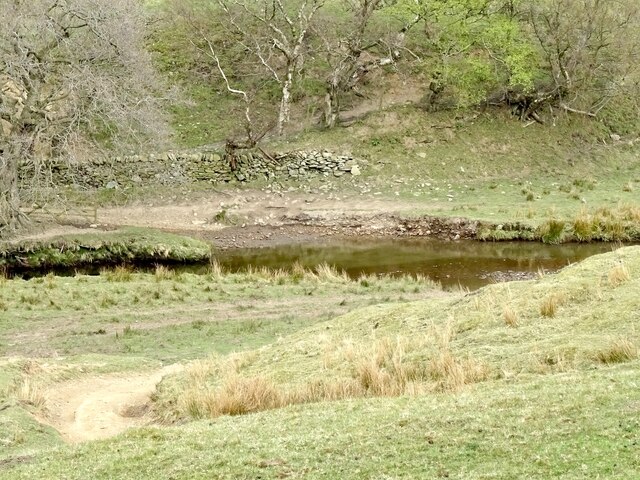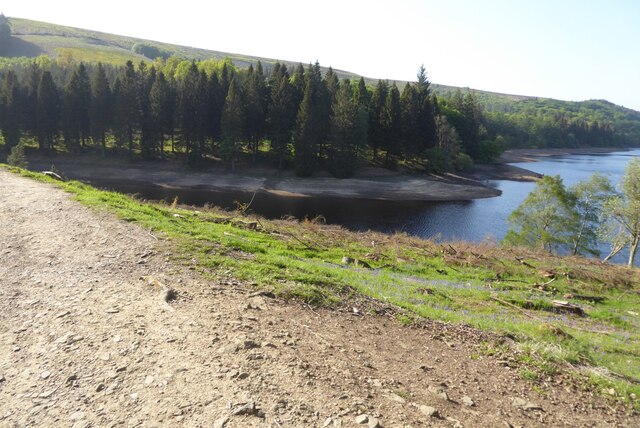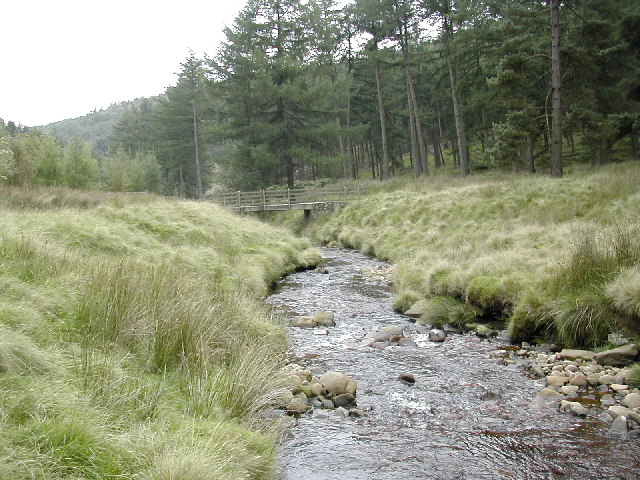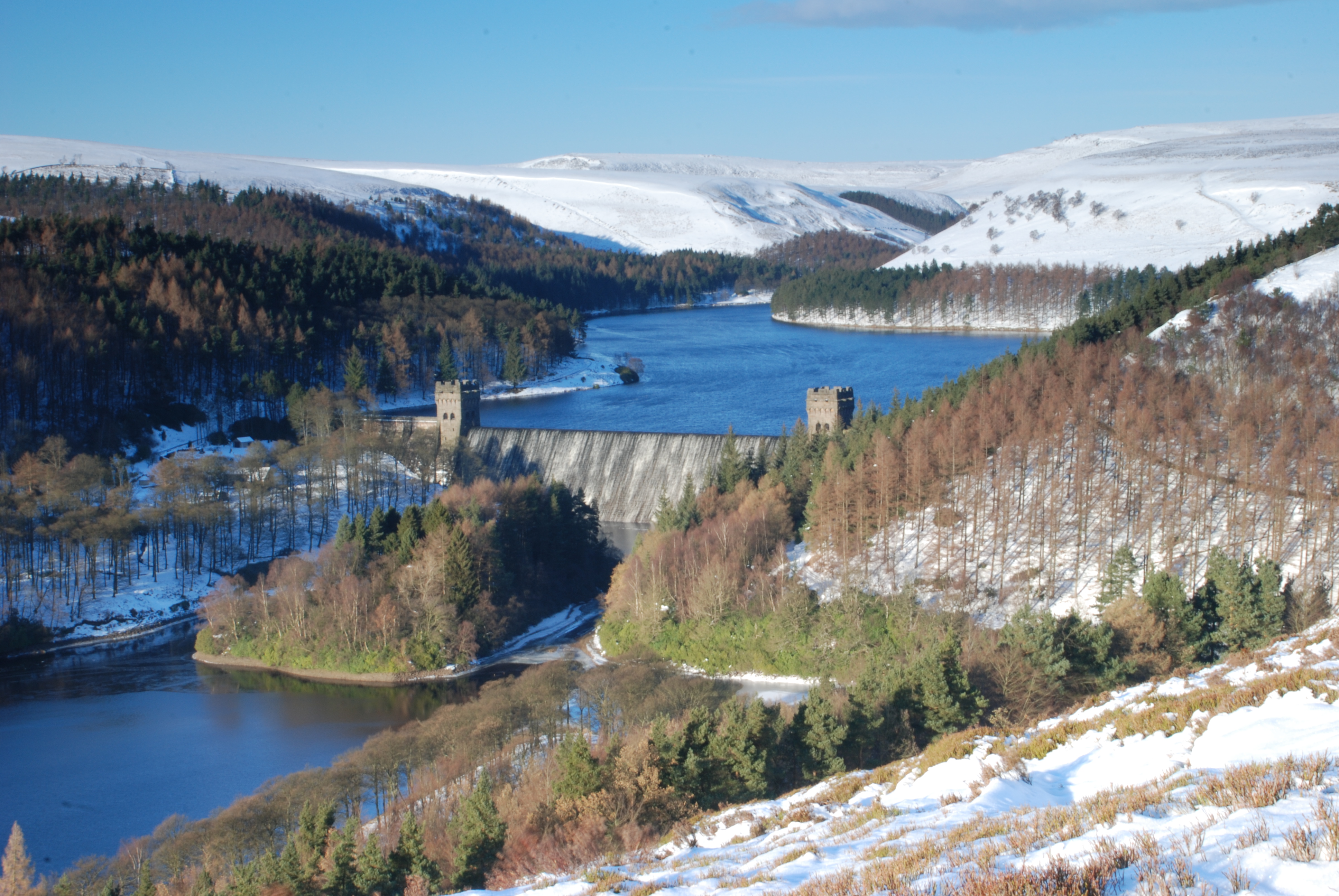Ouzelden Clough
Valley in Derbyshire High Peak
England
Ouzelden Clough
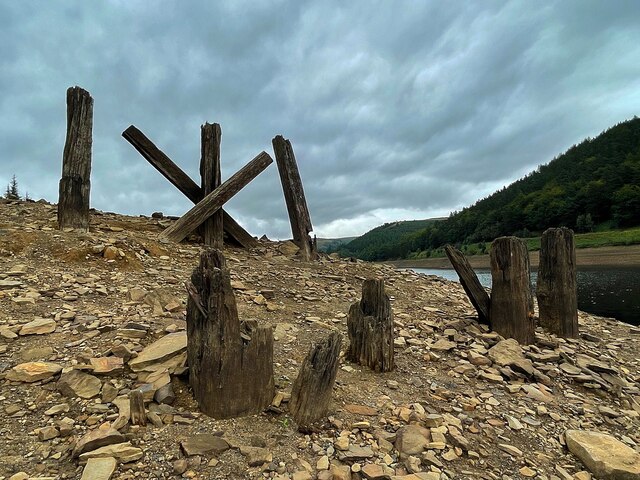
Ouzelden Clough is a picturesque valley located in Derbyshire, England. Nestled within the Peak District National Park, this stunning natural landscape attracts visitors from far and wide. The valley is situated near the village of Castleton, known for its historic charm and close proximity to the famous Blue John Cavern.
Ouzelden Clough is renowned for its captivating beauty, with its rolling green hills, meandering streams, and dense woodlands. The valley offers a tranquil escape from the hustle and bustle of everyday life, providing ample opportunities for hiking, birdwatching, and simply immersing oneself in nature's serenity.
The area is home to a diverse range of wildlife, including birds such as peregrine falcons, buzzards, and kestrels. Nature enthusiasts can often spot rabbits, deer, and other small mammals as they explore the valley's trails. The rich biodiversity of the valley is further enhanced by the presence of various wildflowers, making it a haven for botany enthusiasts.
In addition to its natural attractions, Ouzelden Clough is steeped in history. The valley has evidence of ancient settlements and is dotted with remnants of lead mines, which were once a prominent industry in the area. Exploring the valley's historical landmarks offers visitors a glimpse into the region's past and the lives of those who once inhabited this rugged terrain.
Overall, Ouzelden Clough stands as a testament to the beauty and tranquility of Derbyshire's countryside. Its stunning landscapes, diverse wildlife, and rich history make it a must-visit destination for nature lovers and history buffs alike.
If you have any feedback on the listing, please let us know in the comments section below.
Ouzelden Clough Images
Images are sourced within 2km of 53.414622/-1.7647337 or Grid Reference SK1590. Thanks to Geograph Open Source API. All images are credited.


Ouzelden Clough is located at Grid Ref: SK1590 (Lat: 53.414622, Lng: -1.7647337)
Administrative County: Derbyshire
District: High Peak
Police Authority: Derbyshire
What 3 Words
///confetti.challenge.rally. Near High Peak, Derbyshire
Nearby Locations
Related Wikis
Derwent Reservoir (Derbyshire)
Derwent Reservoir is the middle of three reservoirs in the Upper Derwent Valley in the north of Derbyshire, England. It lies approximately 10 mi (16 km...
Alport Castles
The Alport Castles are a landslip feature in the Peak District National Park in Derbyshire. At over half a mile long, it is thought to be the largest landslide...
River Alport
The River Alport flows for 5.6 miles (9 km) in the Dark Peak of the Peak District in Derbyshire, England. Its source is on Bleaklow, 3 miles (4.8 km)...
River Westend
The River Westend flows through the Dark Peak of the Derbyshire Peak District in England. Its source is at Bleaklow Stones on Bleaklow, from where it...
Howden Reservoir
The Howden Reservoir is a Y-shaped reservoir, the uppermost of the three in the Upper Derwent Valley, England. The western half of the reservoir lies in...
Hope Woodlands
Hope Woodlands is an extensive civil parish in the High Peak district of Derbyshire in England. The parish covers the Woodlands Valley, the western Upper...
Dark Peak
The Dark Peak is the higher and wilder part of the Peak District in England, mostly forming the northern section but also extending south into its eastern...
Lost Lad
Lost Lad is a hill, 518 metres (1,699 ft) high on the Derwent Edge in the Peak District in the county of Derbyshire in England. It is a subpeak of Back...
Nearby Amenities
Located within 500m of 53.414622,-1.7647337Have you been to Ouzelden Clough?
Leave your review of Ouzelden Clough below (or comments, questions and feedback).
